Benefits of Technology for Chefs
Technology has dramatically changed the face of the culinary world. From automating kitchen processes to enhancing customer experiences, the benefits of technology for chefs are both practical and inspiring now chefs themselves can use these ridiculously good tools to facilitate, speed up, and shockingly enhance their creative endeavors. Technology is revolutionizing culinary arts and how it remains an undoubted benefit for professional chefs.
Technology Simplifies Kitchen Operations
In professional kitchens, efficiency is vital. Technology streamlines operations by automating repetitive tasks. Tools like smart ovens, robotic arms, and automated slicers reduce manual labor and save time. For instance;
- Smart ovens allow chefs to control temperatures and cooking times remotely.
- Food processors, with slicing included, ensure uniform chopping and cutting for quicker prep times.
- Dishwashing machines save time and effort in cleaning.
These innovations help the chef’s direct attention to their craft while ensuring consistency in higher quality end products.
Precision tools improve culinary artistry
Cooking involves precise techniques and measurements. Perfection in the creation of any dish is made possible by technology, which provides all the necessary tools for the chefs.
Sous Vide Cooking for Perfect Results
The sous vide machines allow chefs to cook foods at exact temperature for long times. This ensures perfectly tender meat, fish, and vegetables.
Smart Thermometers and Kitchen Scales
Smart Thermometers and Kitchen Scales
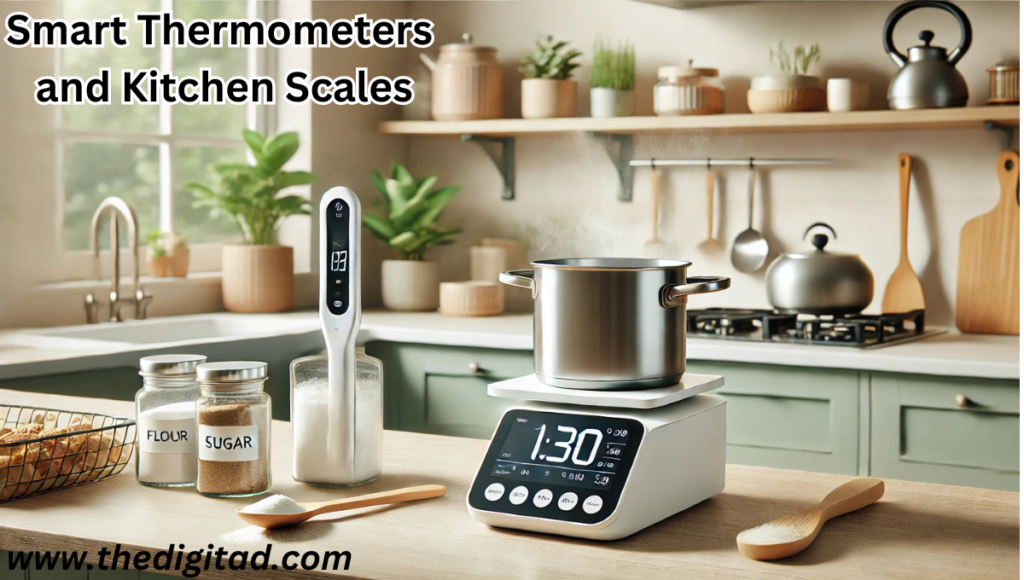
Precise measurements are very important in baking and confectionery. Smart scales ensure recipes are followed precisely. Yet another very vital application of thermometers in human lives is measuring food temperature: Whether food is being cooked, it is just about getting finished off. You don’t overcook or undercook it.
The accuracy tools go a long way toward improving food quality, minimizing waste, and making certain every plate is identical every time.
Encouraging Culinary Creativity
Technology is probably the single best source of inspiration for chefs, and it enables them to wield very futuristic equipment and platforms to explore other culinary worlds.
3D Food Printing
One of the aspects of molecular gastronomy is that it uses 3D printing, which helps chefs to create highly complex patterns and edible constructions that would have been impossible with traditional means. These are picturesque works of art made as dishes in a restaurant.
Molecular Gastronomy
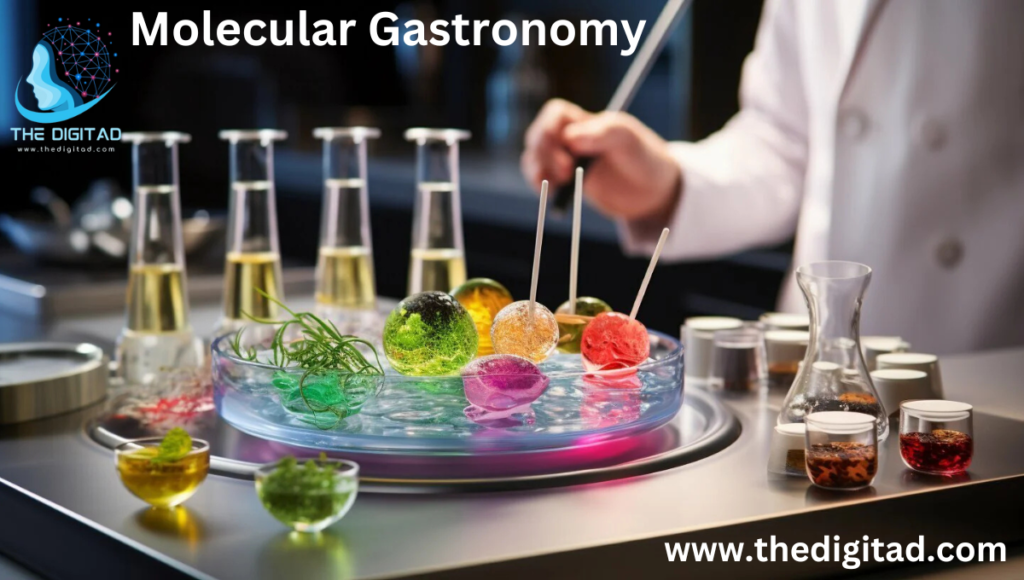
Molecular Gastronomy
This branch of science combines cooking with chemistry. Technology among others makes cooking a recreational activity where chefs can play around with mouthfeels, aroma, and eye appealing presentation. Such spherification kits and foam makers are within the sphere of high-technology devices used by chefs in redefining dining experiences.
Digital Recipe Platforms
The internet is now indispensable. Recipe databases and cooking communities offer chefs access to worldwide food trends. Platforms such as Pinterest and Instagram showcase new recipes inspiring chefs to experiment and innovate.
Customer experience improvement
The bridging of gap between chefs and diners is enabled by technology, hence improving dining experiences.
Digital Menus and Ordering Systems
Restaurants are epitomizing today with using their digital menus, which clients can manipulate to modify the orders. This minimizes communication errors and ensures customer preferences are met. Chefs receive real time updates on orders, enabling faster service.
Feedback Tools
Digital feedback platforms help chefs understand customer preferences. By analyzing reviews, chefs can improve their offerings and enhance satisfaction.
Mobile Payments and Reservations
Integrated systems thus streamline the dining processes. By being able to reserve tables, order, and pay through the apps, customers are afforded great comfort. This thus, reduces waiting times for the entire experience to ensure it runs smoothly.
Promoting Sustainability in Kitchens
Sustainability is an increasing area in the culinary business. Technology has assisted chefs to become eco friendlier in terms of the benefits they enjoy.
Energy Efficient Appliances
Modern appliances consume less energy, thereby reducing the carbon footprints quite significantly. Smart devices also help monitor energy usage, allowing chefs to optimize consumption.
Food Waste Management Tools
Apps and inventory systems track ingredient usage and expiration dates. These tools assist an effective planning method and less food wastage by chefs for their menus.
Sourcing Sustainable Ingredients
Online platforms let chefs connect directly to local farmers and suppliers. This ensures access to fresh, seasonal produce while supporting local communities.
Enhancing Training and Skill Development
Technology also plays a significant role in training chefs. Learning is made more interactive and accessible through virtual tools.
Virtual Reality (VR) Training
Virtual reality training provides a realistic approach towards in house kitchen training. You can simulate it by practicing cooking methods, knife skills, and plating techniques without wasting real ingredients.
Online Culinary Courses
Many chefs enhance their skills through online platforms like Master Class or YouTube. These resources offer lessons from top chef’s worldwide, making education accessible to anyone.
Key Benefits of Technology for Chefs
| Technology Tool | How It Helps Chefs |
| Smart Kitchen Appliances | Streamlines operations, saves time |
| Sous-Vide Machines | Ensures consistent cooking results |
| 3D Food Printers | Enhances presentation and creativity |
| Feedback Tools | Improves customer satisfaction |
| Waste-Tracking Apps | Reduces food waste |
The Future of Technology in Culinary Arts
They will continue to increase in the benefits of technology for chefs as new innovations will continue to be developed.
Artificial Intelligence (AI)
AI can predict food trends based on the analysis of customers. Chefs can use AI tools to design menus that resonate with their audiences.
Robotic Kitchen Assistants
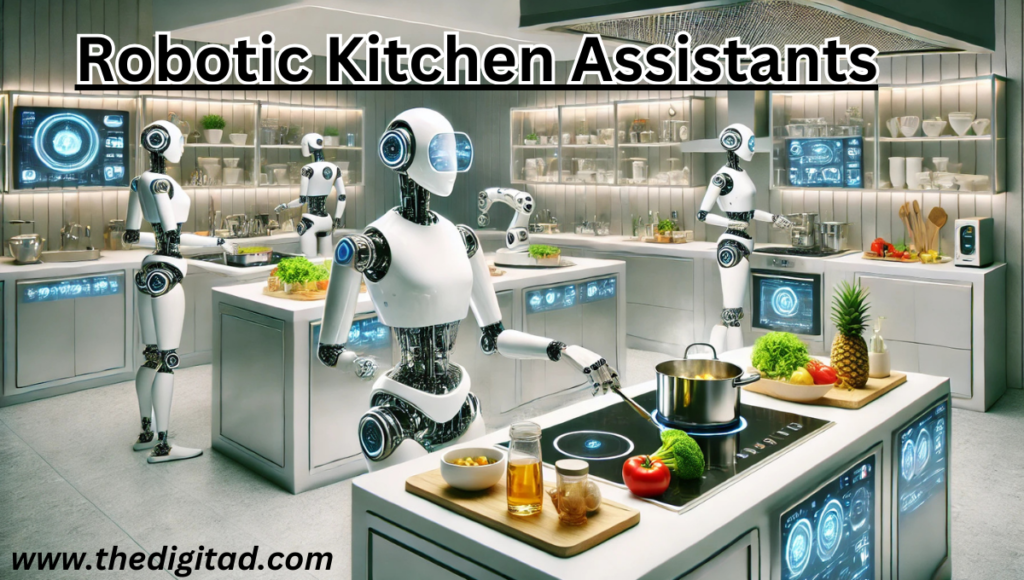
Many people truly believe that robots will perform tasks like stirring, flipping, or frying things. At least, chefs will now really be able to focus on innovations.
Augmented Reality (AR)
AR could revolutionize dining experiences. Chefs might use AR to project interactive menus or enhance food presentation.
Innovations in Sustainable Technology
Future innovative creations will be based on the principles of zero waste kitchens and carbon neutral cooking. Chefs will see that they can adopt green practices without compromising quality.
Challenges with Technology Adoption
While there are a number of benefits for chefs, there are also challenges with technology. High upfront costs are one factor that deters many smaller kitchens from investing in more advanced tools. There is a learning curve with using new gadgets. Chefs have to stay updated and adapt to evolving technologies.
However, the many advantages outweigh these minor challenges. Indeed, chefs can realize the full potential of technology with appropriate investments and training.
FAQs
1. How does technology save time in kitchens?
Cleaning, cooking, and chopping are examples of repetitive chores that technology automates. Chefs may now concentrate on more important facets of meal preparation.
2. Can technology enhance food quality?
Yes, precision tools like sous-vide machines and smart thermometers ensure perfect cooking results. Consistency in food preparation also improves overall quality
3. How does technology reduce food waste?
Inventory management systems monitor ingredient usage and expiration dates. This prevents over-ordering and reduces spoilage.
4. What is the contribution of technology to the sustainability of cooking
Therefore, it is said that energy efficient appliances and wastage tracking tools enable the chefs to develop a green part in their working practices. They also source ingredients sustainably using online platforms.
Conclusion
The benefits of technology for chefs are there; it simplifies kitchen operations, enhances precision, and stimulates creativity. Technology even helps bridge the gap between chefs and customers, thus allowing them to create memorable dining experiences.
And as they say, innovations keep on rearing their heads, so chefs can expect much more to help them enjoy their work. By embracing these advancements, it will not only meet the types of changing demands that industry poses, but also be true to the cooking passion adopted for life. The future, it gets brighter and more exciting for culinary arts.
Read more Articles About Tech Trends and other Categories at The Digit Ad


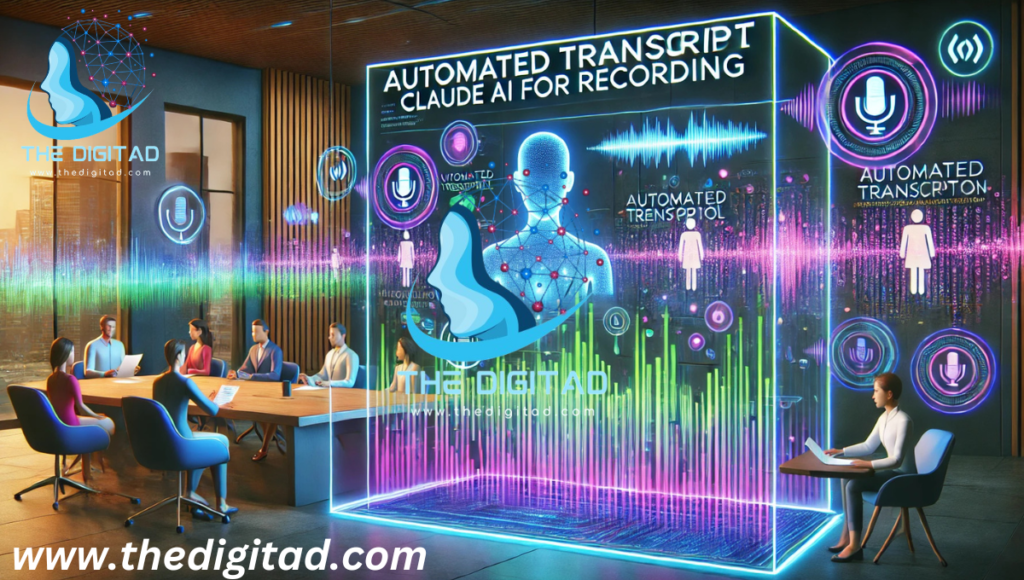
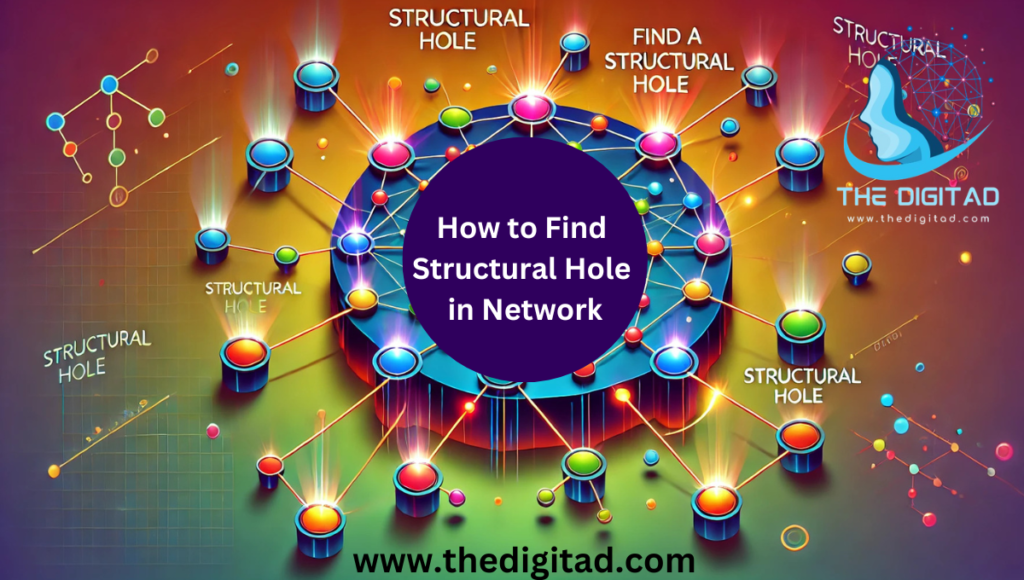
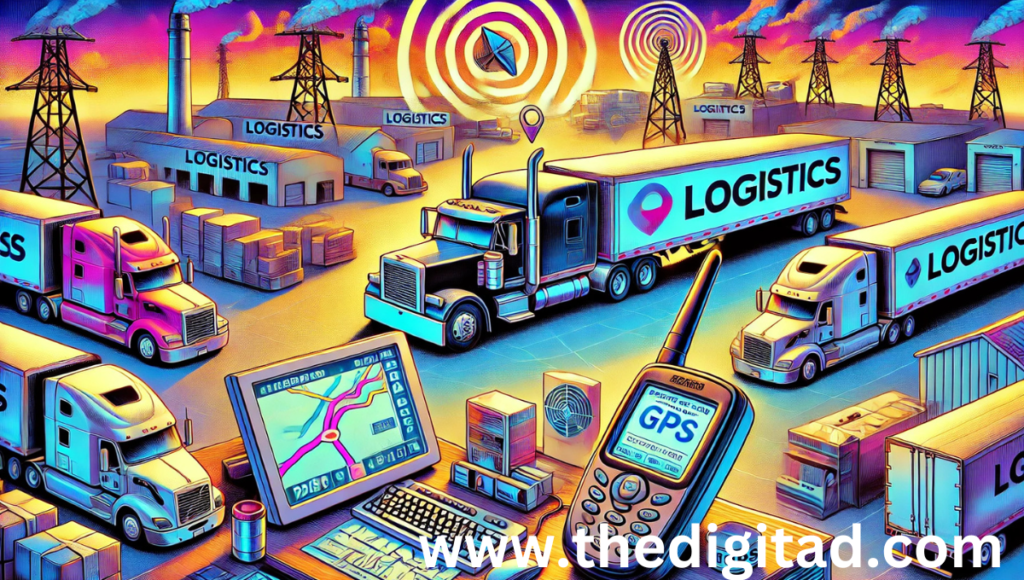

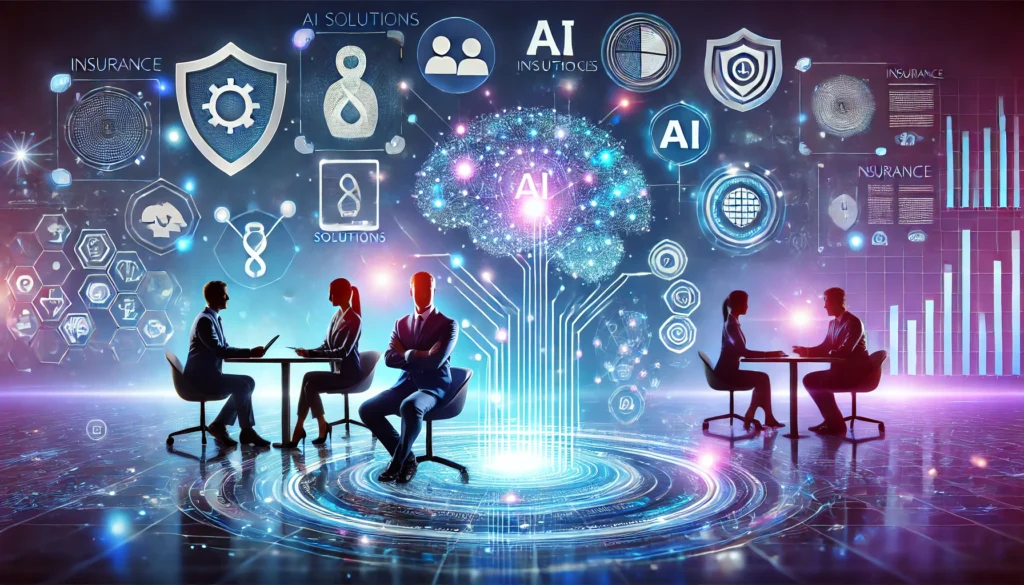
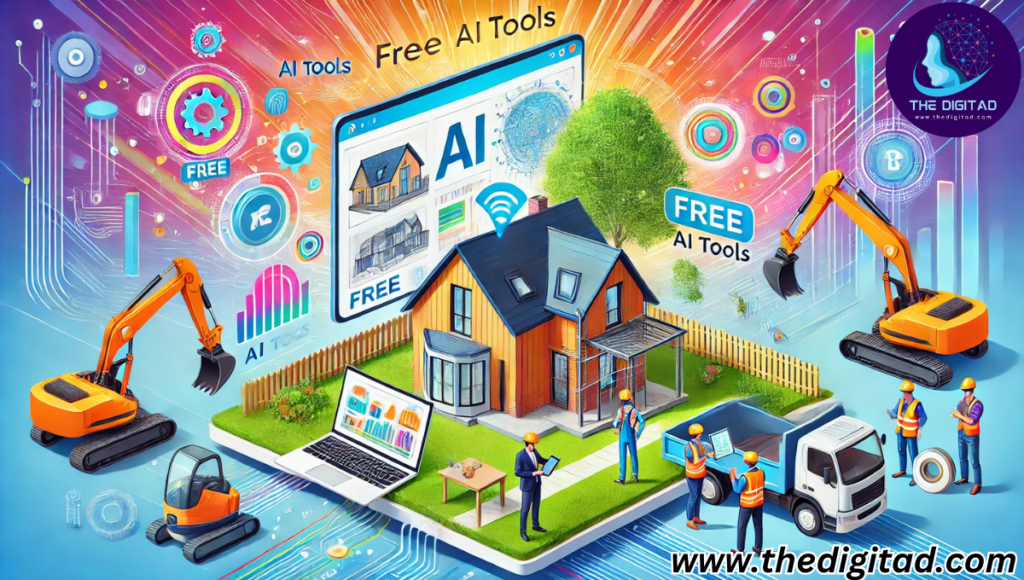
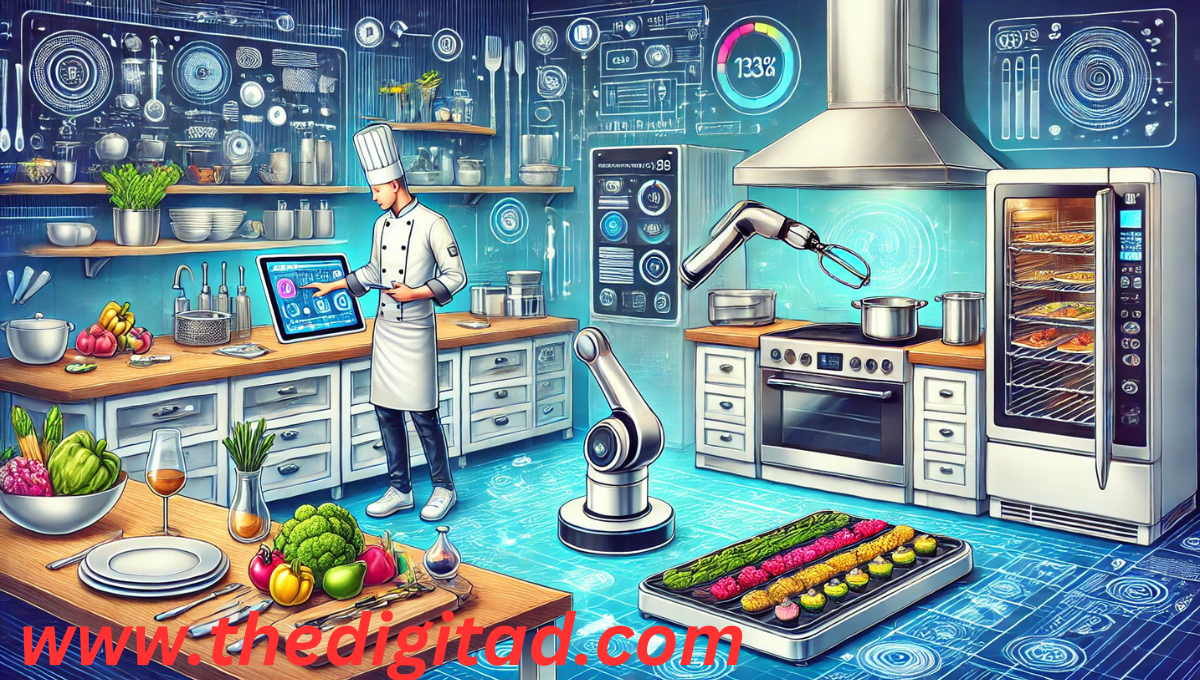
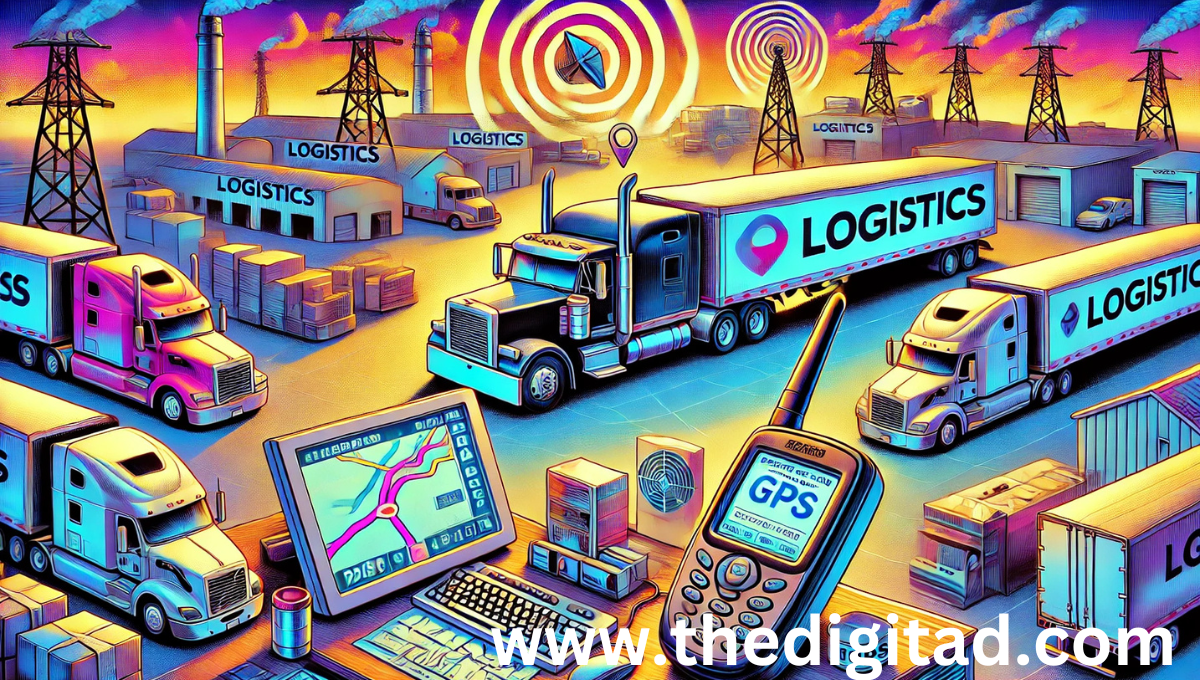


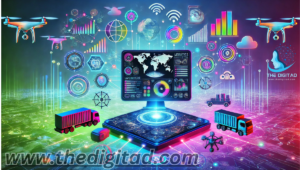
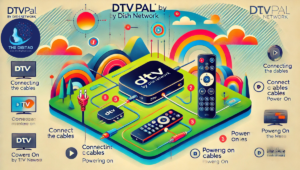
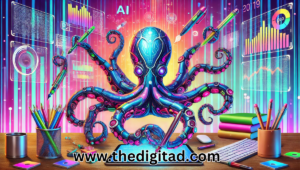




Post Comment